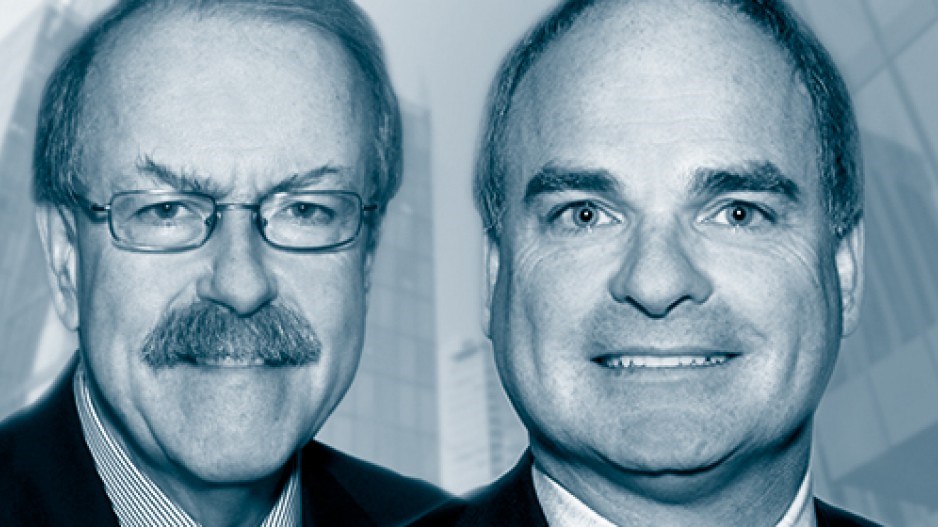The year that just ended threw up some big surprises, including the first land war in Europe since 1945, spiralling inflation and an exceptionally compressed cycle of monetary policy tightening engineered by central banks caught off guard by soaring prices.
Few if any forecasters anticipated these developments. That invites caution as we contemplate what lies ahead for the Canadian economy.
Begin with the outlook for growth. Canadian output and employment have more than fully rebounded from the brief COVID-induced recession of 2020. Indeed, the economy has been operating above its “supply side potential,” thereby contributing to the ongoing inflation surge. But economic momentum has been flagging over the last several months amid slower global growth, rising interest rates and tumbling domestic housing markets. The weakness is set to persist and probably deepen into 2023. Unlike the U.S. and most of Europe, Canada may avoid a “technical” recession (defined as two consecutive quarters of declining output), thanks to an expanding population fuelled by record levels of immigration. But Canada will still struggle to crank out positive GDP and job growth this year.
Higher interest rates and steeper borrowing costs are the chief reason for the unfolding economic downturn. The good news is that both the Bank of Canada and the U.S. Federal Reserve look to be almost finished raising their policy rates after a flurry of hikes starting last March – although the first quarter of 2023 may see some additional small rate increases. However, because monetary policy works with a lag, much of the economic pain from 2022’s rate increases will be felt over the next year or more.
What about inflation? On average, the all-items consumer price index was up by an alarming 6.8 per cent last year, more than triple the Bank of Canada’s hallowed two per cent target. Most Canadian forecasters predict inflation will retreat, incrementally, to perhaps 2.5 per cent by the last quarter of 2023, thanks to a combination of softening housing markets, muted consumer spending, sluggish global growth and the continued normalization of manufacturing supply chains. That is also what we expect.
As the economy cools and inflation diminishes, the Bank of Canada will ease its policy stance, likely by mid-2023. But we hope bank policymakers now understand that the extremely low interest rates that prevailed for more than a decade up to 2021 had many undesirable consequences: They distorted financial markets, led to a misallocation of economic resources, artificially inflated asset values and heightened inequality. Negative or near-zero “real” (inflation-adjusted) interest rates also fail to reflect the inherent scarcity value of capital in a well-functioning market economy. For these reasons, we don’t see a return to the rock-bottom interest rates that debtors feasted on over most of the 2009-21 period.
Turning to the financial markets, investors will be relieved to see the back of 2022. In the last year, the U.S. S&P 500 declined by 20 per cent, the tech-heavy Nasdaq index shed 35 per cent and the TSX Composite fell by almost nine per cent. At the same time, bonds had their worst year in centuries, crushed by a toxic mix of soaring inflation and higher interest rates. Globally, the combined value of public stocks and bonds plunged by an estimated US$30 trillion in 2022. This year should bring at least some recovery in the value of many traded assets after 2022’s “annus horribilis.” An exception is private businesses and venture funds, where valuations have not yet adjusted to the reality of higher discount rates and sputtering economic growth.
Closer to home, the BC NDP government under Premier David Eby, basking in a temporary $5.7 billion fiscal surplus, is likely to table a (very) big spending budget in February. This conclusion flows in part from the mandate letters the premier gave to his refreshed cabinet last month. A sizable jump in the aggregate public sector wage bill owing to inflation plus the details of newly inked collective agreements will be one factor driving up spending.
In addition, the Eby government seems determined to boost outlays substantially in areas such as health care, social services and non-market housing. While many voters will applaud this, a heavy-spending budget risks adding to inflation pressures at an inopportune time. It may also lay the foundation for a return to operating deficits in future years.
Jock Finlayson is the Business Council of British Columbia’s senior adviser; Ken Peacock is the council’s senior vice-president and chief economist.




